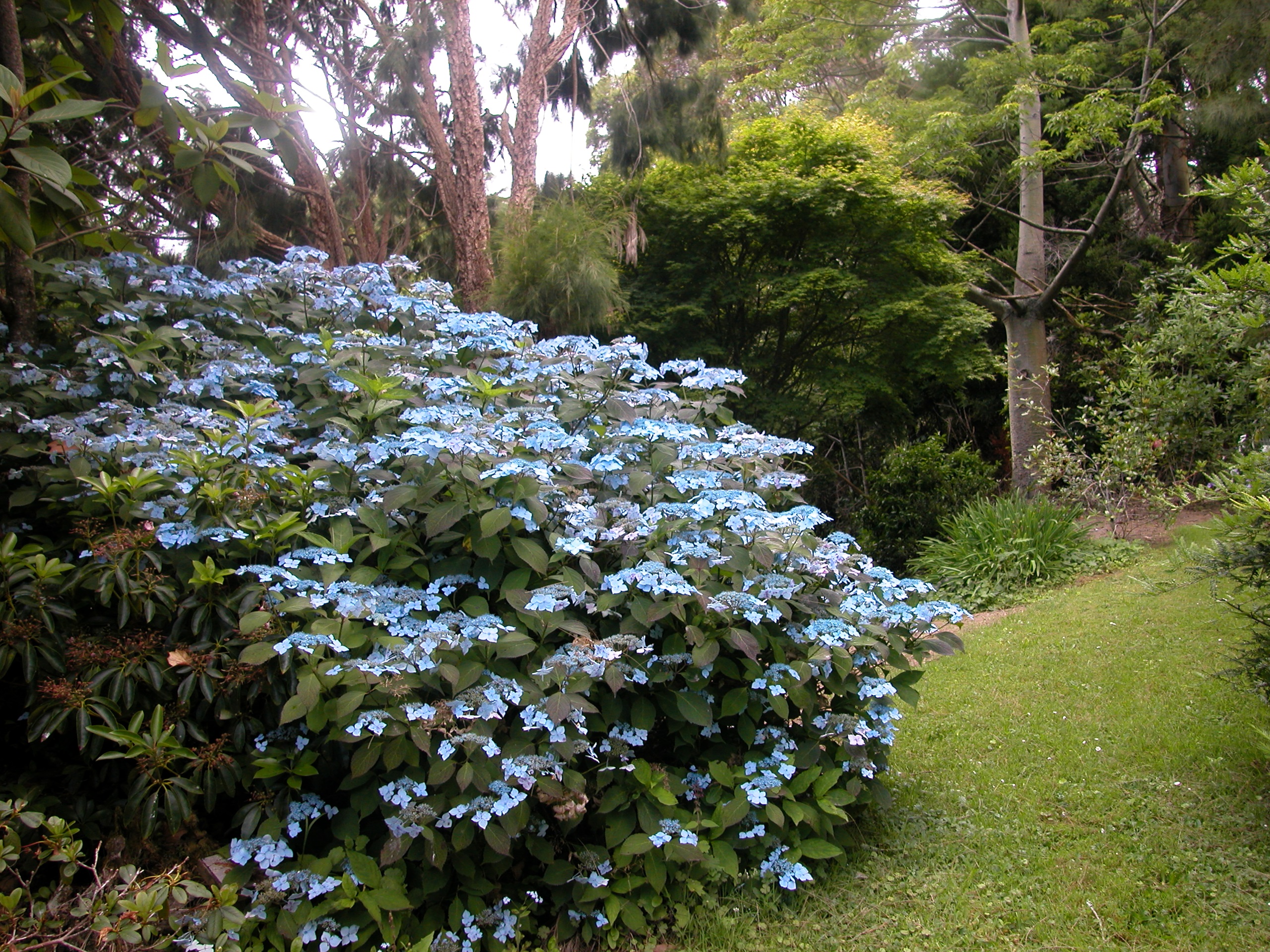Physical characteristics
A compact, rounded,
Flowers and foliage
Large heads of many tiny 'true' flowers are surrounded by a ring of pale powdery
Preferred site
Hydrangea grow in moist but well-drained soil in
Preparation for planting
Always choose healthy, well-grown,
Maintenance tips
Apply an organic mulch
Ecological and biodiversity benefits
Attracts bees and pollinators.
Pests and diseases
Most of the time hydrangeas are trouble-free, however, occasionally they can suffer from grey mould, slugs, powdery mildew, rust, ringspot and virus leaf spots. If grey mould is a problem, keep humidity low and remove the plant or affected plant parts. For powdery mildew, spray with baking soda solution. If infected with rust, remove fallen leaves or use more resistant cultivars. Virus affected
Location at Auckland Botanic Gardens
Spring Blossom Valley




.jpg?width=1200&height=1200&v=1d4024dceb89e50)

.jpg?width=1200&height=1200&v=1d5569224d63650)
 .jpg?width=1200&height=1200&v=1d4024df6ce2770)
.jpg?width=1200&height=1200&v=1d55676a892f2b0)
 .jpg?width=1200&height=1200&v=1d4024e3b65f7f0)